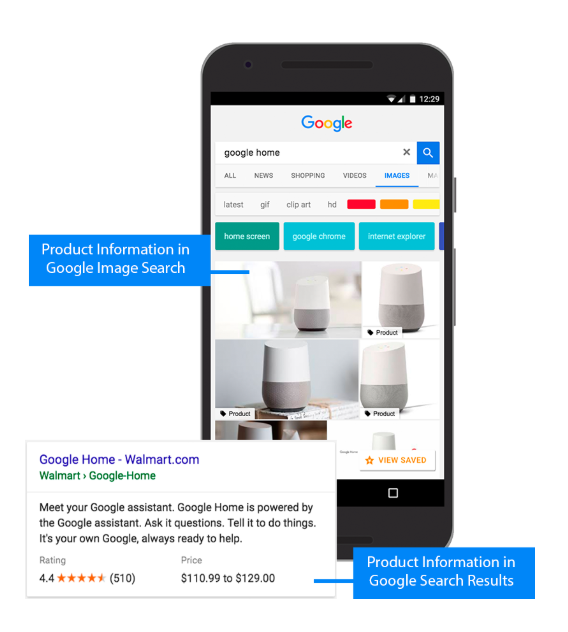Overview
Research suggests that over the next few years, almost 50% of search traffic will go through voice systems like mobile and other third-party devices like Amazon Alexa and Google Home.
The prevalence of so much voice technology in digital marketing requires a shift in how we create content. It is vital that we explore how to create content for voice search.
In this article, we go through some of the best strategies you could use to improve your voice and content results.
Five ways to improve voice search through content
1. Natural language
We’ve spoken in the past about how voice searches require a natural conversation. That is because when people search for something online, they do so in a different way with voice search versus traditional text search.
For example, if someone wants to find information about gym shoes, they would type into Google “athletic shoes running.”
However, that same search using voice would be something like “what type of athletic shoes for running would be best for men”?
Both searches seek the same information; however, the results would be vastly different. The new smart speakers on the market like Amazon Alexa and Google Home, underscore the rising importance of voice search. As more consumers adopt these devices, the share of voice search increases.
That means more people will consume their content through audio as well, which is why it is vital to look at natural language patterns to ensure your company sends these visitors to your content.

2. Structured data
Because voice search runs so much on context, is vital to use structured data to improve the quality of your content.
Your e-commerce store should use structured data for each of your products and website pages that Google can use to understand more about your product and its different variations.
That way, if you offer athletic shoes in black and blue, you can let Google know. Then they can use this structured data when someone searches for black athletic shoes.
The number of variations is endless, which is why you need to give Google as much data as possible to understand how they can send qualified search traffic to your website. Use SEO services to drive non branded traffic.

3. Longtail keywords
In the example above from natural language, the search was “what type of athletic shoes would be best for men”?
That is a lot longer than the keywords “athletic shoes men”. It is the definition of a long-tail keyword.
For years, search engine marketers have talked about the importance of longtail keywords to get faster results.
However, with search content, it is vital to be able to use voice search with the targeted longtail keywords. People can generally talk faster than they type, which means a longer keyword is essential.
4. Data
In an era of machine learning, where large tech companies like Google and Facebook rely upon massive amounts of data, you must do the same to improve your voice search efforts.
Fortunately, one of the best technologies you can use to analyze this data is available for free: Google Analytics.
Google Analytics is a great tool to help you understand what keywords to target for your business. Combine that with the Google Search Console, and you have a great way to analyze the data for your website.
5. Mobile
The final component in the mix is that you need to have a mobile-first strategy. Google already does a mobile-first index, and more than half of all Facebook users go in through their mobile devices. Since the majority of their users access social media from mobile phones, it makes sense that your content strategy complements these devices.
Furthermore, as mentioned above, the prevalence of smartphones and the new voice search technology like Amazon Alexa and Google Home requires a mobile first philosophy on voice search.

Final thoughts
Understanding how to improve your voice strategies and content can sometimes get complicated. However, if you plan to compete for traffic over the coming years, you will need to use our tips to improve the quality of your traffic and conversions.
Do you have questions about how to use our strategies for your business? Then feel free to schedule a no-charge consultation with Shout today.
